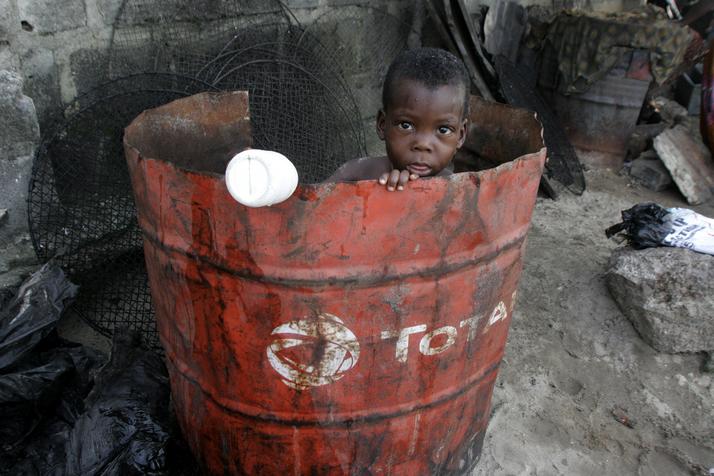UNDP Warns on High Quake in Supercities
The United Nations Development Programme (UNDP) has warned that more than half of the world’s supercities, with populations of 2-15 million, are at future risk of being affected by nearby magnitude seven or greater earthquakes.
The warning was made by Haiti-based seismologist, Eric Calais, according to a UN release. Lagos, a metropolis in Nigeria, with a vast population size of over 15 million people, has only experienced an occasional ocean surge along its coastline, which is already being effectively tackled by the state government.
A significant number of very large cities with high population density such as Tokyo, Mexico City, Port-au-Prince, Istanbul or Kathmandu, many in developing countries with rapidly expanding population, are located near fault zones that have caused major earthquakes in the past – and most likely will again in the future.
“The good news is that we know how to mitigate earthquake risk with proven prevention measures. Any country that faces that risk therefore needs to proactively invest in risk reduction measures before the next event strikes, including Haiti and its Caribbean neighbours,” said Eric Calais during a recent briefing at UN headquarters in New York.
These cities also face escalating social and economic losses due to natural disasters. Within 35 seconds, the 2010 earthquake cost Haiti 100 per cent of its GDP, while seven hurricanes between 2004 and 2008 cost the country 25 per cent of its GDP.
“Haiti now has the opportunity to become a champion for disaster-safe reconstruction if there is political will, international support, and coordinated action,” Calais said.
Calais presented studies showing that the fourfold increase in earthquake-related fatalities during the last two centuries is due to population growth, especially in developing countries where urban dwellers live in zones of hyper-concentration with poor urban planning.
Calais, a Professor of Geophysics at Purdue University who had been studying the earth’s shifts in Haiti for about 20 years, started working with UNDP in the aftermath of the devastating magnitude 7.0 earthquake 15 months ago.
“One of the solutions – and challenges – is having more trained Haitian professionals involved in rebuilding their country to endure future earthquakes and the yearly threats of hurricanes, cyclones, floods and other natural disasters,” Calais said.
“In addition to seismic monitoring and seismic zoning, we are working to train and educate construction professionals, decision-makers and academics,” Calais concluded. “Unfortunately, brain drain – the emigration of skilled workers – is a serious barrier to building back a more resilient Haiti in a sustainable manner.”
According to a recent report from the UN Conference on Trade and Development, more than half of Haiti’s university-educated professionals have moved to more industrialised countries seeking better work and living conditions.
Source : Thisday





